It's not easy to become a famous photographer. But with enough talent, hard work, and luck, it is possible. Here are some tips on how to make it happen.
The old adage is “practice makes perfect” and this is very true when it comes to photography.
The challenge is that taking photos is both an art and a science. You need to know a lot about the technical side of shooting and you also have to develop your sense of aesthetics.
We can all think of photographers who have tons of gear and can talk for hours about the benefits of mirrorless over DSLR. But their photos still don’t look that great.
There are also a lot of photographers who have a beautiful sense of composition and color. But their images never look properly exposed.
To excel as a photographer, you need to have both sides. Both are skill sets that you can develop with time and a lot of practice.
Even some of the world’s top photographers, long-established in the field, spend a lot of time honing their craft with personal projects.
No matter how much they shoot for clients, they take time out of their schedules to photograph something that will stir their creative juices. This is useful to re-ignite their interest in what can start to feel a bit routine.

This goes hand in hand with practice. You should never stop learning as a photographer. In fact, you can’t stop learning. Technology is moving so fast that it can be difficult to not get left behind.
Back in the film days, you had to learn to light and use your camera in manual mode. You could drop your negatives off at the printer.
In one sense, digital has made things easier. You can see your results right away and make adjustments. But you have to know even more these days than you did in the past. This is because of everything that goes along with processing and retouching files.
And you still need to know to light and how to use your camera in manual mode.
Besides this steep learning curve, there are new advances that are changing the face of photography once more. A couple of examples are mirrorless camera systems and depth mapping.
It has been said that the next 10 years in photography will outpace the advances of the last ten. This is quite the statement considering ten years ago almost no one had a smartphone.
To succeed as a photographer, you need to be learning all the time. You must keep up with technology in gear, post-processing solutions, and printing.
Luckily valuable information has never been so easy to access. There’s tons of free information on the Internet and popular online courses. These make learning at home on your own schedule very easy.
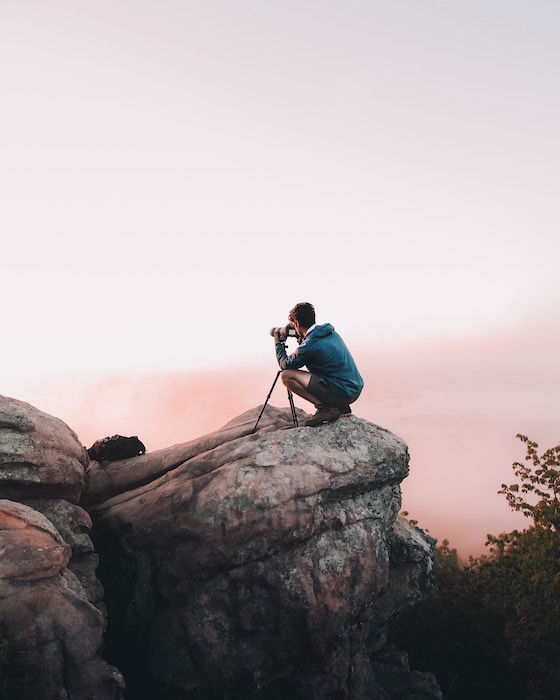
The photographers that fail are not usually those that are least talented. There are a lot of famous and financially successful photographers whose work may have you scratching your head, thinking “Wha ?”
This is because the most important factor in your success as a photographer is your business acumen. No matter how great of a photographer you are, if you undercharge, don’t develop your people skills, or learn how to market your work, no one is going to sit up and take notice.
When you exchange photography services or money, you are in business. You must know your Cost of Doing Business.
You should know the ins-and-outs of charging for usage and have proper contracts in place. You have to have systems in place so you don’t spend most of your time on unbillable hours instead of shooting.
Communication skills are a crucial component of business skills. These are what are considered “soft skills”. These are less tangible than say, knowing how to light a portrait.
Being able to listen to what the client wants, ask thoughtful questions and resolve issues in a calm manner are all examples of communication skills.
Don’t forget that although there is a technical side to posing, a big part of it is how you direct your clients. You have to make them feel comfortable in front of the camera.
While communication is about your words, a big part of what you say is also how you say it. How you speak to your clients and communicate your vision is critical.
A major key to success is your ability to network. The world no longer functions on a goods-based economy but a service-based economy.
Like most businesses, a photography service is based on relationships. Your ability to connect with others in a meaningful way will serve as the backbone of your success.
Your photography may be excellent. But if shyness or fear of putting yourself out there is an issue, it could hold you back.
Make time to connect with potential clients in person at networking events. Ask for referrals and encourage friends and family to spread the word about your photography however they can. People like to help, but they often forget unless you remind them.
When you put yourself in front of potential clients like photo editors and art directors, you’re actually making their job easier.
They tend to hire photographers that are visible to them. Most don’t have the time to search for new talent.
Narrow down who your ideal client is. Then concentrate your energies on building relationships with them. This might mean the five biggest ad agencies in your city and no one else.
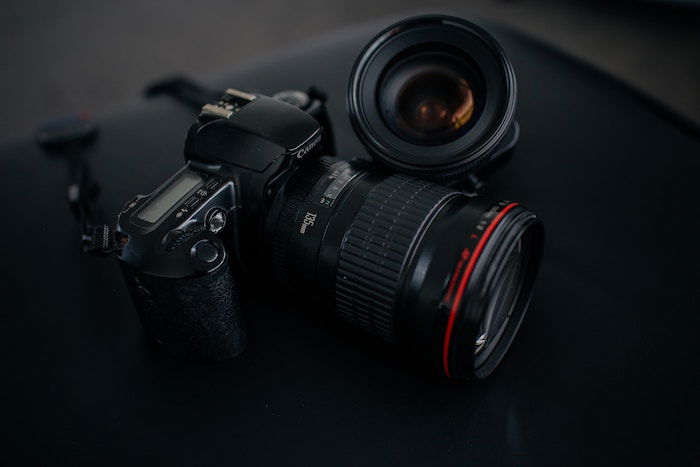
How you market yourself will make your break your photography business.
If you think Instagram is stupid, don’t send out promotions, or make cold calls, you’re missing out on valuable opportunities for your work to be seen.
Yes, the pursuit of “likes” and followers can seem a little silly at times. But, like it or not, social media has become a mainstay of modern marketing.
The thing is, you need to have a strategy. A lot of photographers spend a lot of time connecting with other photographers. This is great for comradery and support, but they are not going to give you work.
It’s better that you follow potential clients and engage with them. Make thoughtful comments that show you’re interested in what they are doing and to get them to notice you.
Also, don’t overlook the power of LinkedIn. Not only can it connect you with the right people, but it will also help you with your marketing. You can research the companies that you’re interested in to find out who to call.
You can also find out what projects they have worked on to see how you can fit. Or you can find agencies that work with the types of clients you want to shoot for.
If you’re a commercial photographer, it’s important to connect with advertising agencies. This is where the biggest budgets are. This means sending them printed promotions and having an email strategy where you can send them samples of your work.
The main thing to remember is that one promotional campaign or email is not going to land you a big gig with BMW or Starbucks. You need to market repeatedly and consistently to get your name out there.
People are overloaded with information these days. In fact, research shows that it takes an average of seven encounters with your work before a customer will buy from you.
There are many ways to market a photography business these days. The more strategies you can use to get your work out there, the greater your chance of being seen.
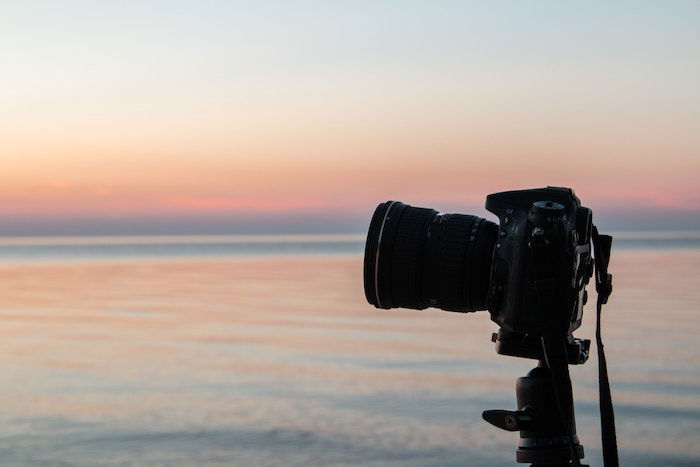
Did you know that most businesses spend an average of 10% of their budgets on marketing? Can you say you do the same?
This is a problem I see all the time with new to intermediate photographers. They don’t invest in their businesses. And if you don’t invest in your business, you can’t grow.
You need to keep up with the proper gear and put money into marketing. You may also need to hire people to help you with your tech, social media, and even your marketing plan.
For example, I have hired a photo consultant to help me put together my print portfolio, marketing promotions, and revamp my website.
Finances can be a challenge when you can’t predict month to month how much money you’ll make. The tough reality is that photography is a very expensive business to run.
To succeed, you have to be prepared to invest money in all aspects of your business not just your gear.
Remember that sometimes you need to spend money to make money. By investing in strategies that bring clients in the door, you can make this back and much more.
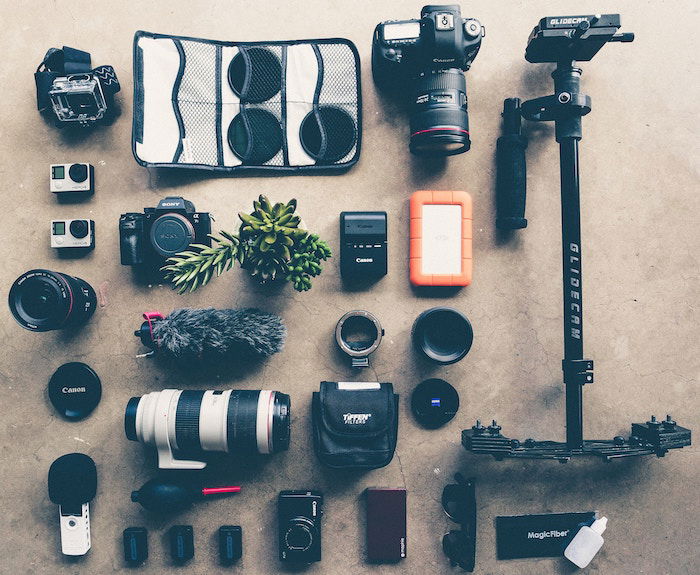
With the barrier into the photographic industry so low, there is a lot of competition.
There is also a greater need than ever for visual imagery. The explosion of the Internet demands it. Every business requires images to advertise its products and services. The demand for stock photography is a great example of organizations seeking imagery.
Many photographers are intimidated by their competition or the idea that the market is saturated. But it doesn’t really matter. The types of clients that you want to work with are the ones that will want you because of your style. That is something that is unique to you and that no one else can emulate.
The fact is, that there is plenty of work to go around. It’s a matter of taking the right steps that will allow clients to find you.
Most people don’t know how close to success they are when they give up. To make it as a photographer, you need a lot of perseverance.
It can take you up to five years to start making a full-time income. Of course, it can be less, but it takes time for the world to get to know about you.
Build your business gradually, and have some resources to draw on when times are tough. For most, this means having a part-time job.
Or it can mean using your skills to educate others. You can mentor or create products to sell online, like presets or eBooks. Even a lot of successful photographers are doing this now to diversify their income.
Having other forms of income will give you the power to say no to low-paying gigs.
Being stressed about finances is also sure to sap your creativity. And it could possibly lead to bad business decisions.
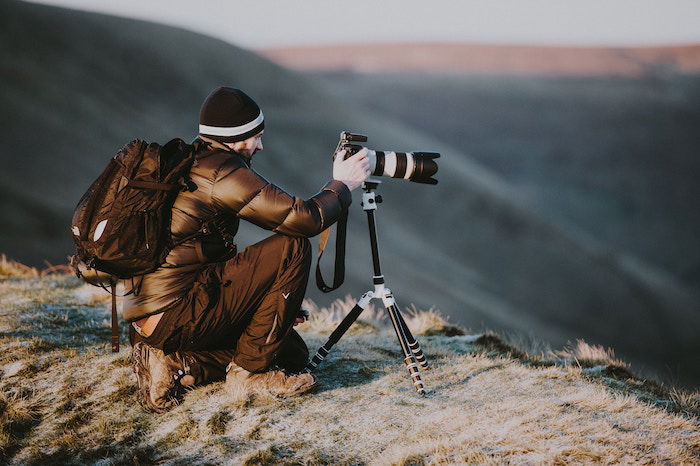
The earnings of famous photographers vary wildly. Some make six-figure while others like Annie Leibovitz earn millions. The average salary for full-time working photographers is $55-$75K.
The world’s top photographers got to the top by practising their craft, investing in their business, and by always being willing to learn. Most of all, they had perseverance and never gave up.
Learn everything you can about the technical side of photography. Study the work of famous photographers. Look at other forms of art as well to hone your aesthetic and learn about light and composition.
Practice as much as you can and look to mentor with more experienced photographers.
Many great photographers are self-taught. If you want to get into commercial and advertising photography, a technical education will be very useful.
A college program will also give you the opportunity to practice using expensive and high-level gear.
If you want to become a famous and sought after photographer, you can achieve this goal. Improve your business skills and be willing to invest in your business.
Most of all, have the tenacity to weather the ups and downs. It will be worth the time and effort.